ericande
TPF Noob!
- Joined
- Oct 23, 2006
- Messages
- 136
- Reaction score
- 0
- Location
- Seattle
- Can others edit my Photos
- Photos OK to edit
I took this photo a few nights ago.
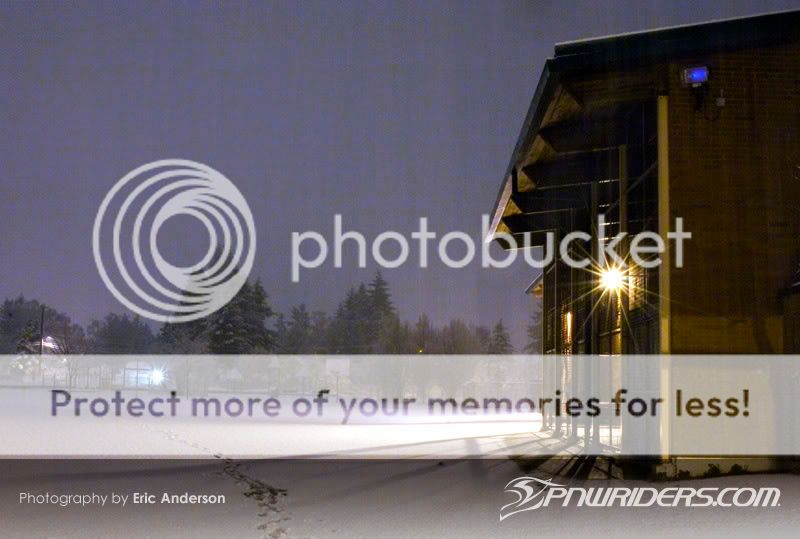
My question is about the bright light to the right. I know with long exposures at large apertures, lights bloom and they star with small exposures. Is there anything you can do with long exposures to make lights be simply crisp and bright?
Oh, and I know this photo sucks otherwise hehe. I shot it at 1600 and had to brighten it so it's noisy.

My question is about the bright light to the right. I know with long exposures at large apertures, lights bloom and they star with small exposures. Is there anything you can do with long exposures to make lights be simply crisp and bright?
Oh, and I know this photo sucks otherwise hehe. I shot it at 1600 and had to brighten it so it's noisy.


![[No title]](/data/xfmg/thumbnail/37/37615-78a9bdab877c191919a156f901325ee1.jpg?1619738151)
![[No title]](/data/xfmg/thumbnail/36/36659-4b8fd1b317df0e73ccfe5775494a6f5a.jpg?1619737675)
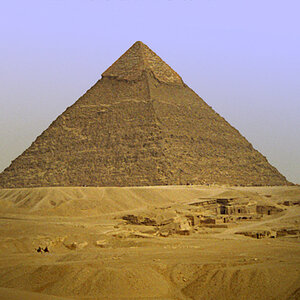
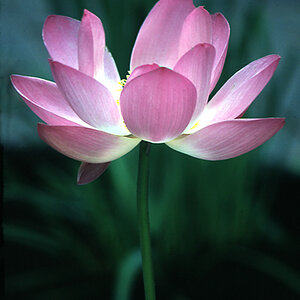
![[No title]](/data/xfmg/thumbnail/37/37616-5e9d06af384cf745ad31a513e49183a9.jpg?1619738151)
![[No title]](/data/xfmg/thumbnail/42/42061-9f4eb186c434652d6587c8bcdde59502.jpg?1619739997)
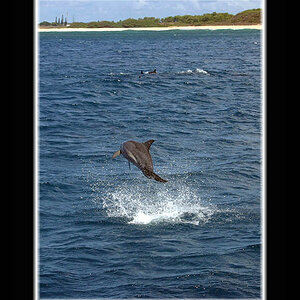
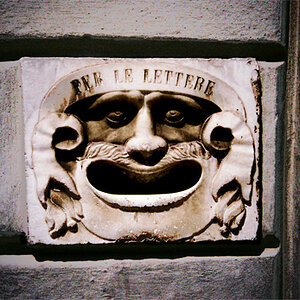
![[No title]](/data/xfmg/thumbnail/36/36657-3774cdd7ebbafa5ccac2741386b9949a.jpg?1619737675)
![[No title]](/data/xfmg/thumbnail/37/37603-739c5d9b541a083a12f2f30e45ca2b7b.jpg?1619738147)
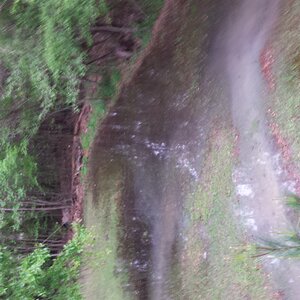
![[No title]](/data/xfmg/thumbnail/41/41490-6af71315284539e04ae1878cda0d613f.jpg?1619739818)